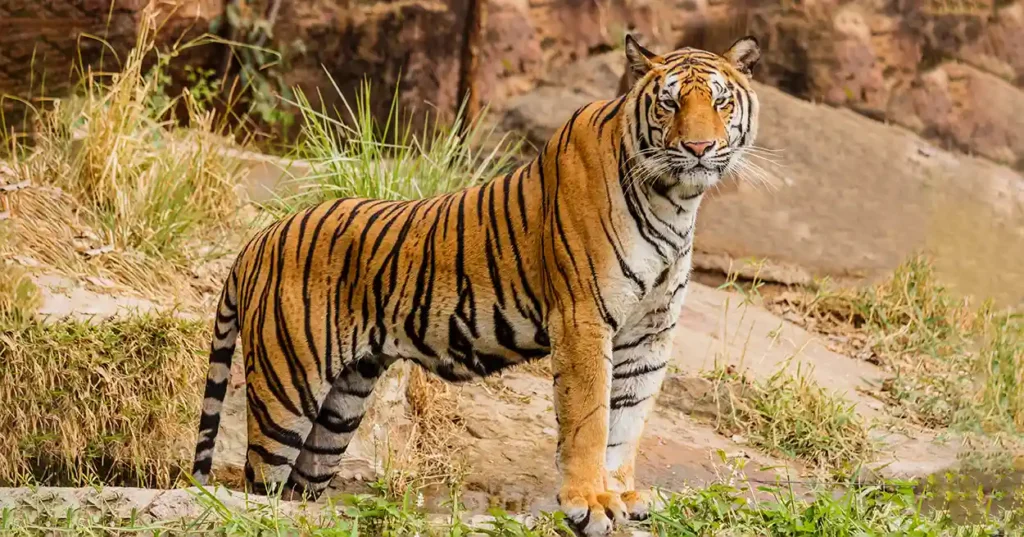In the tapestry of time, this month unfurls a celebration that echoes through the jungles and reverberates across borders—India’s Project Tiger turns 50, a testament to relentless conservation, a saga of triumph against the shadows of extinction.
Conceived in 1973 by the Indian government, Project Tiger emerges as a titan among conservation endeavors, a symphony of effort in the face of a drastic decline. The 20th century witnessed tigers numbering a majestic 100,000, a number plummeting perilously close to the abyss of extinction. In 2006, India’s tiger population dwindled to a haunting low of 1,411, igniting the urgency for conservation initiatives.
Yet, from the crucible of dedication, a phoenix rises. The 2022 tiger census proudly proclaims a resurgence, with the population soaring to 3,167. India, custodian of 70% of the world’s wild tiger population, hails this triumph—a testament to the mettle of conservationists and national leaders alike.
Prime Minister Narendra Modi articulates this profound bond, declaring, “We have thousands of years of history related to tigers; The tiger is considered our brother in many tribes. A better future for humanity is only possible when our environments are protected and our biodiversity continues to expand.”
Project Tiger, in harmony with the Indian government, orchestrates a crescendo of initiatives over its five decades. This includes the establishment of 53 tiger reserves, the ballet of relocating villages to create havens for these regal creatures, and the choreography of wildlife corridors uniting fragmented habitats. An opus of conservation unfolds, featuring strict bans on tiger hunting and the deployment of a maestro—the Special Tiger Protection Force.
Extending its virtuosity beyond India’s borders, Project Tiger harmonizes with governments in Bangladesh, China, Myanmar, and Russia. This international symphony focuses on enforcing tiger protections, combating the fugue of hunting and trafficking, and advancing a concerto in conservation and disease genetics.
Research and tracking, the staccato beats of Project Tiger’s strategy, weave a sonnet of knowledge. Drones, camera traps, and avant-garde software compose a symphony of information about tiger populations and their enigmatic ballet.
The significance of this conservation triumph transcends the canvas of biodiversity. Tigers, intertwined in India’s rich tapestry of history, philosophy, culture, and literature, become ambassadors of hope. Project Tiger’s aria, a pioneer beyond species and borders, resonates as an anthem for the broader cause of wildlife conservancy.
As the crescendo of celebration rises, the battle drums on. Ongoing threats, a dissonant cadence of climate change, habitat loss, human-animal discord, and the dirge of commercial captivity and hunting, mandate unwavering vigilance.
As Project Tiger’s opus wisely notes, “The increase in the tiger population is a positive sign, but we must not become complacent, and there is a need to continue our efforts to ensure the survival of this magnificent animal and safeguard our forested ecosystems in their entirety.” Upholding this legacy is not just a duty—it’s a covenant, a commitment to securing a thriving natural symphony for generations to come.
